Baking a pie is as much about the crust as it is about the filling. A perfect pie crust acts as a delightful base that complements any pie, whether sweet, savory, or fruity. In this article, we’ll explore the importance of pie crust, answer the question: What Is The Basic Formula For Making Pie Crust, and provide some expert tips to ensure your crust turns out flaky and delicious every time.
A great resource for pie crust tips can be found at Raisin Butter Tart Squares Recipe. Here, you can see real-life applications of crust-making techniques.
Understanding the nuances of making a homemade pie crust can elevate your baking game. Explore more about creamy and rich combinations with this Holiday Sausage and Sweet Potato Breakfast Casserole, complementing a perfect pie crust!
Understanding Pie Crust
A pie crust is a baked pastry shell used for holding sweet or savory fillings. Its texture can vary widely, resulting in different types such as:
- Flaky pie crust: Light and crispy layers.
- Mealy pie crust: Denser and crumbly, ideal for fruit pies.
- Sweet pie crust: A sweeter version often used for tarts and desserts.
What Is The Basic Formula For Making Pie Crust
To create the perfect pie crust, you will need to focus on the primary ingredients:
- Flour: All-purpose flour is generally preferred for its balance of protein and gluten.
- Fat: Different types like butter, shortening, or lard enhance the texture.
- Cold water: Vital for bringing the dough together without activating gluten.
- Salt: Used to enhance flavor.
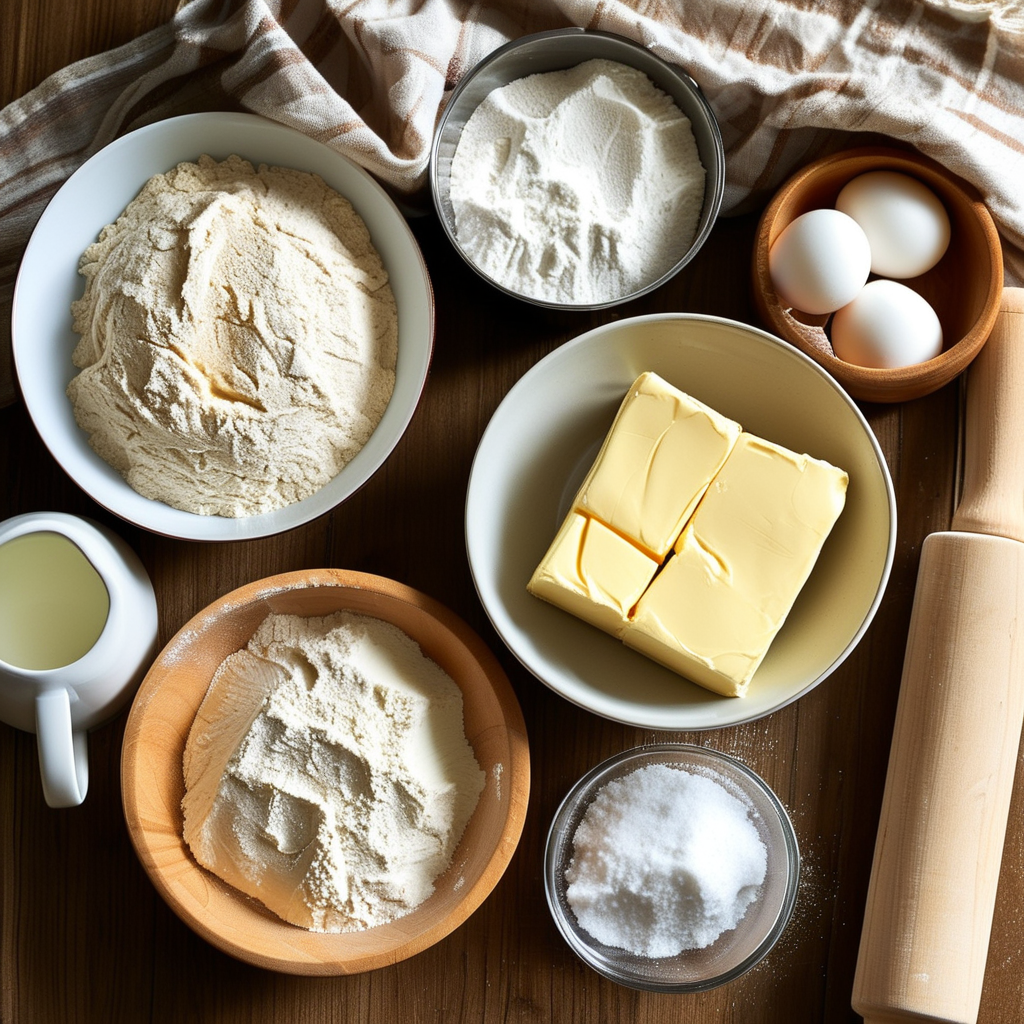
Basic Ratio
A common ratio for the basic pie crust formula is 3:2:1 (flour:fat:water). Variations can include gluten-free options or adding sugar for sweet crusts, depending on the pie you’re planning to make.
Step-by-Step Guide to Making Pie Crust
Follow these golden steps to achieve a perfect pie crust:
- Preparing the ingredients: Gather all the necessary components.
- Mixing fat and flour: Use techniques such as cutting in fats to ensure even distribution.
- Adding cold water: Introduce water gradually until the dough holds together.
- Forming the dough: Knead lightly to avoid overworking.
- Rolling out the crust: Roll between two sheets of parchment for even thickness.
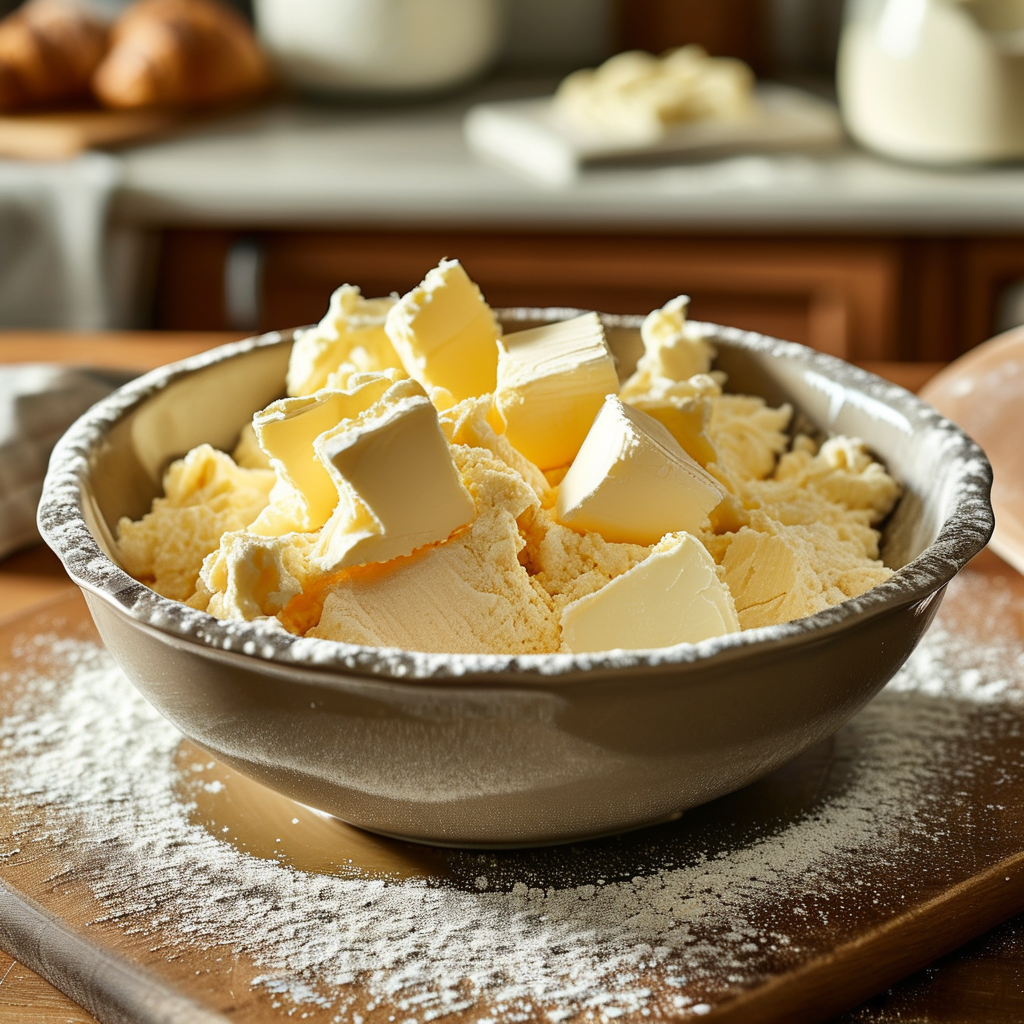
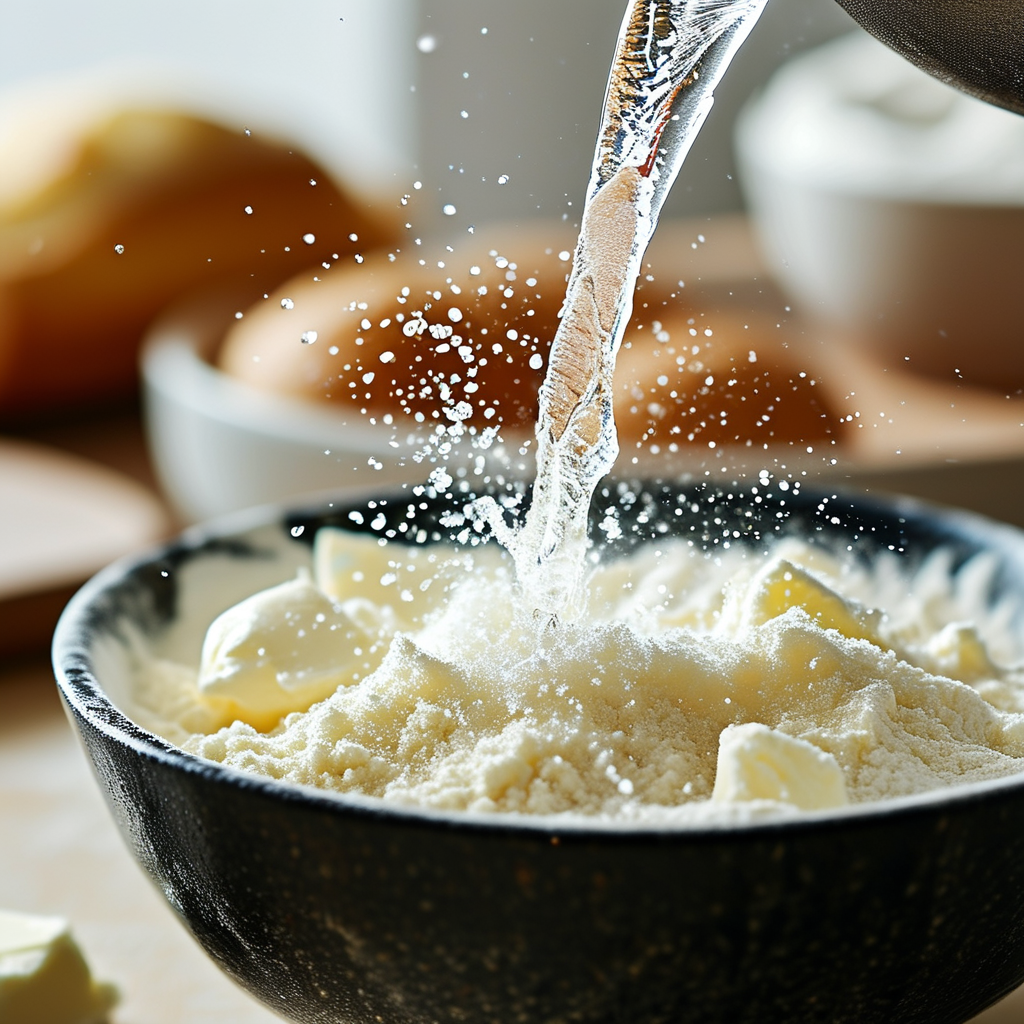
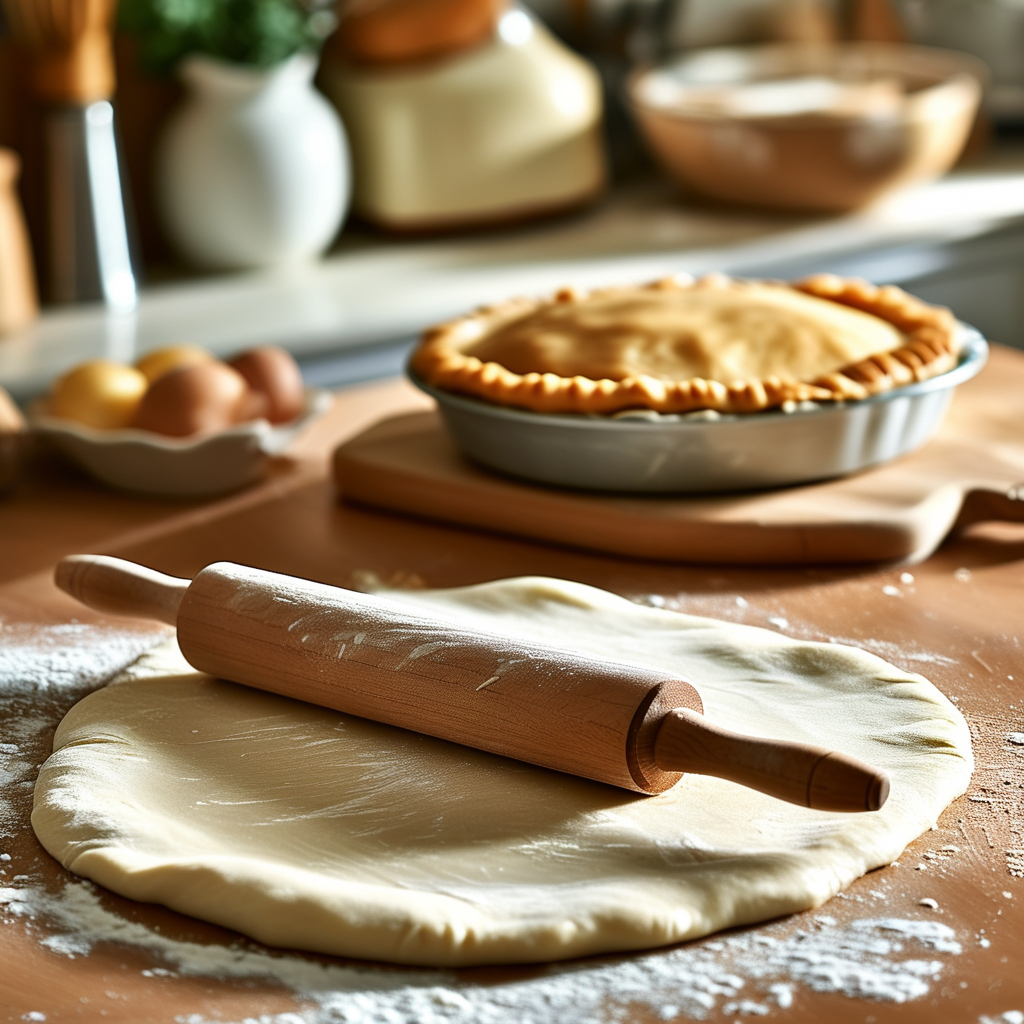
Tips for Perfecting Pie Crust
Achieving the ultimate pie crust requires attention to detail:
- Choosing the right ingredients: Quality makes a significant impact.
- Importance of dough temperature: Keep ingredients cold to maintain flakiness.
- Techniques for flakiness: Use cold butter and avoid overmixing.
- Common mistakes to avoid: Steer clear of using warm fat or overworking dough.
- Resting the dough: Allow the dough to chill for at least an hour before rolling.
Pre-Baking (Blind Baking) Your Pie Crust
Blind baking is a crucial technique for ensuring your crust is fully cooked before the filling is added. This prevents a soggy bottom and helps maintain structure in the baked pie.
- Using weights: Fill your crust with pie weights or beans to keep it from puffing up.
- Parchment paper: Line the crust to facilitate easier removal of weights.
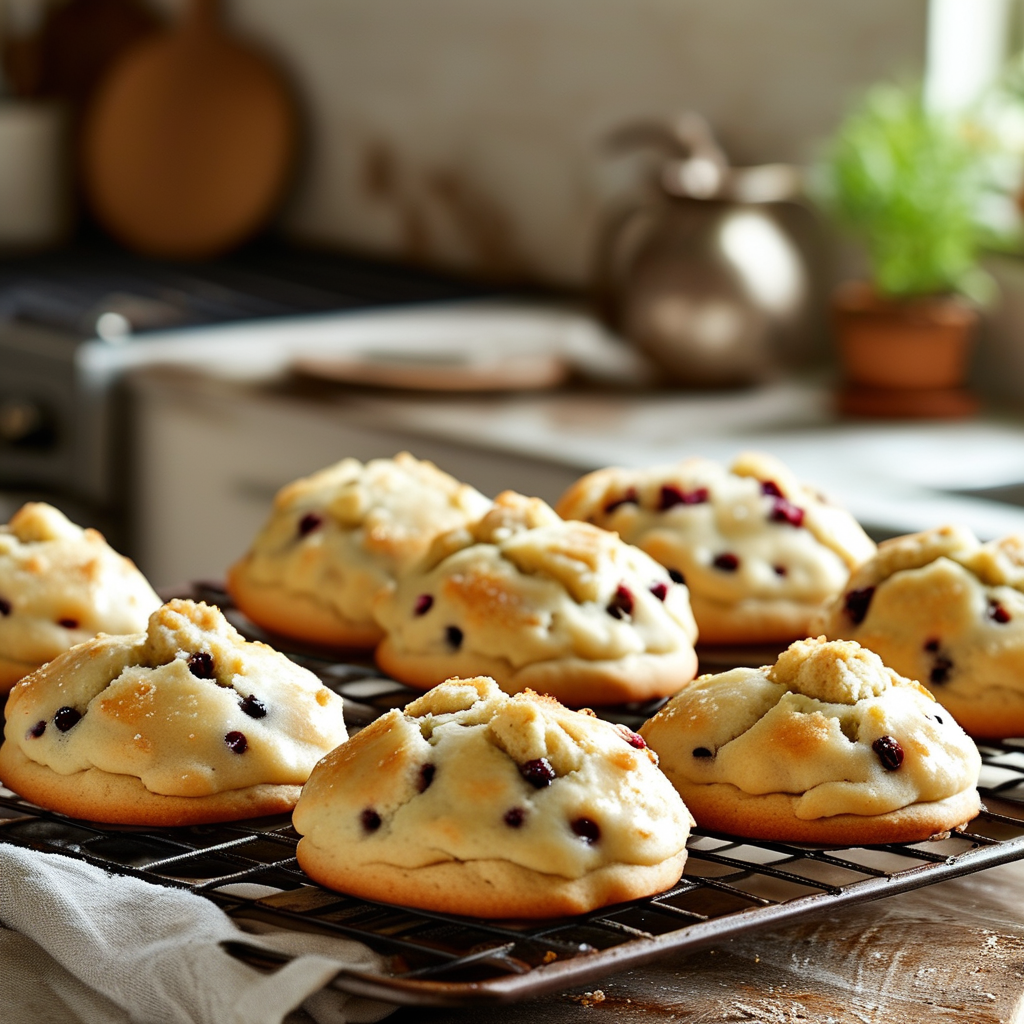
Variations on the Basic Pie Crust Recipe
Once you’re comfortable with the basic pie crust, experiment with various flavors and textures:
- Sweet pie crust variations: Add sugar and spices.
- Savory pie crust variations: Incorporate cheese or herbs.
- Nuts and whole grain alternatives: Use nut flours for added texture.
- Flavor infusions: Experiment with additional flavors like vanilla or citrus zest.
Frequently Asked Questions (FAQs)
What can I substitute for fat in pie crust? Options include coconut oil or tofu. Experiment for best results.
How do I store pie crust? Wrap tightly and refrigerate up to three days or freeze for later use.
Can I freeze pie crust? Absolutely! Just ensure it’s well-wrapped to prevent freezer burn.
What thickness should pie crust be? Aim for about 1/8 inch for best results.
How do I know when my pie crust is done? Look for a lightly golden color and firm texture.
Conclusion
Understanding the basic formula and techniques for making pie crust is essential for any baking enthusiast. With practice, you can create a variety of crusts that suit your favorite fillings. Don’t hesitate to experiment with flavors and textures as you become more confident in the kitchen!
- Pie crust is a foundational baking skill.
- Flour, fat, and water are essential ingredients.
- Blind baking prevents soggy crusts.
- Experiment with variations to suit your tastes.
Further Reading
For more delicious recipes and cooking tips, check out our articles on Easy Pie Crust Recipe by Hand and Breakfast Pizza: A Comprehensive Guide. Each offers unique insights into creating delightful dishes!